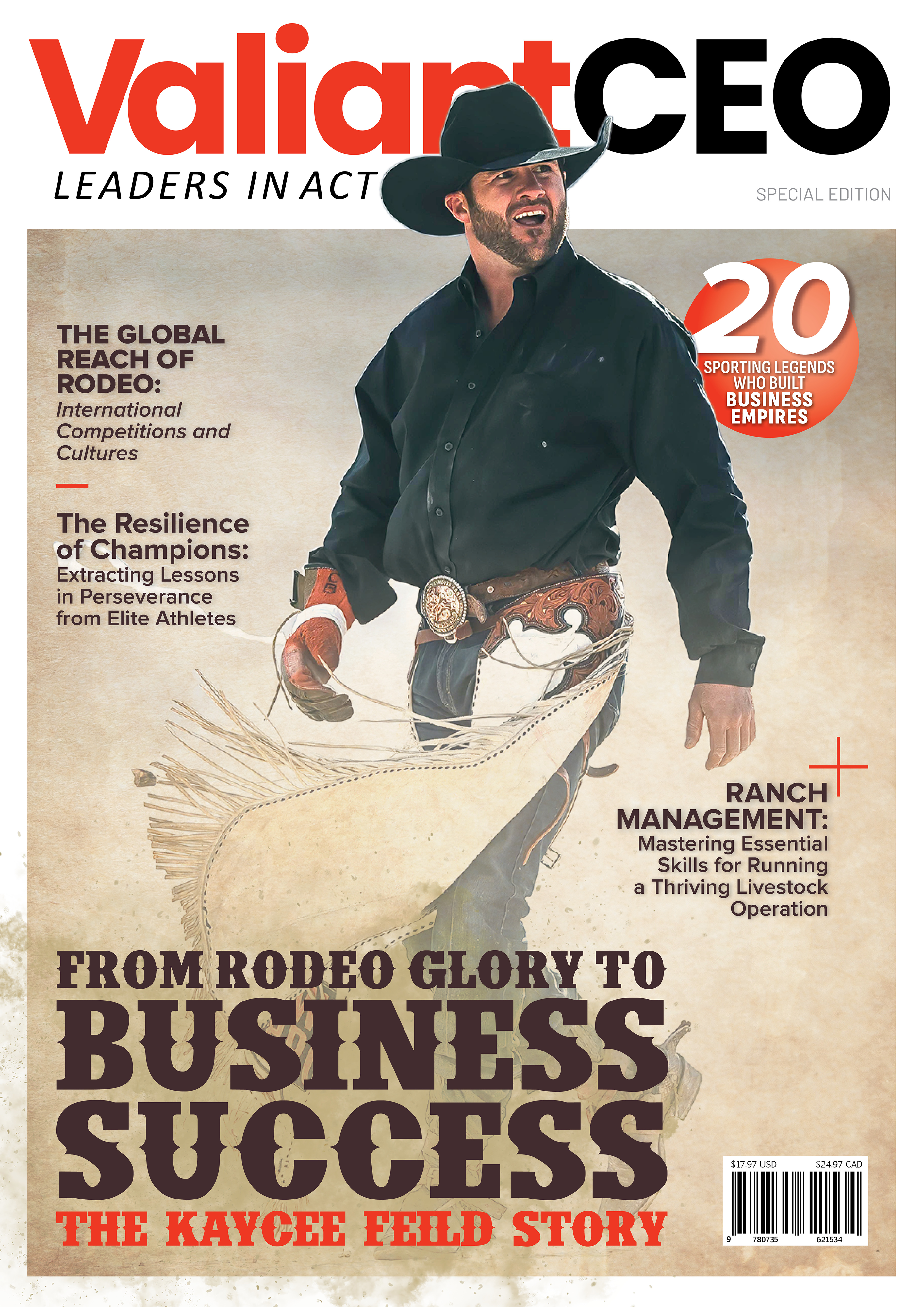What if the way you communicated with people in your life, and with those who didn’t know sign language, suddenly changed? This is the reality of many people with disabilities today. Voice-to-text technology has opened up a new way to communicate, but also presents its own challenges.
In this article, we will explore the barriers that still exist between voice-to-text technology and effective communication for individuals who are deaf or hard of hearing. We will look at how the use of American Sign Language (ASL) can address some of these barriers so that everyone has equal access to information and conversations.
The Progression of Voice-to-Text Technology
The progression of voice-to-text technology is a fascinating one. In the beginning, it was largely limited to dictation software that allowed users to dictate their documents or emails and have them transcribed for them.
This was useful for those who were not able to type on a keyboard or use a mouse because of mobility issues or other disabilities, but it wasn’t exactly groundbreaking technology by any means.
Nowadays though? Things have come a long way! You can now use voice recognition software in your car (if you have an infotainment system), which allows you to control certain aspects of your vehicle’s dashboard without having to take your hands off the wheel; this includes things like changing radio stations and adjusting interior lighting levels all while keeping both hands safely on either side of your steering wheel at all times during driving!
Some people even use Siri as their personal assistant so they don’t have to worry about typing up emails while walking down busy sidewalks with their phone tucked away inside coat pockets/purses etcetera…
Bridging Language and Culture Gaps: Multilingual Voice-to-Text
Voice-to-text technology, including Russian speech-to-text, has become a key tool in bridging language and culture gaps.
For example, in order to increase productivity among their international employees, global companies are turning to voice-to-text software that allows employees from different countries to communicate with each other more easily.
The software allows workers who speak different languages or even dialects within the same language to have conversations without having to worry about miscommunication.
This type of software also has applications in business dealings outside of the workplace: consumers can use it as well when talking with vendors or service providers who speak another language than theirs.
Voice recognition programs allow people from around the world who don’t share common languages (such as English) access information about products and services without having any knowledge of each other’s native tongue. I recommend this article on this topic Top 5 Google Translate Alternative Tools.
Advancing Accessibility and Inclusivity with Voice-to-Text
In addition to helping those who are learning English as a second language, voice-to-text technology can be used to help those with disabilities communicate. For example, people with Parkinson’s disease have trouble speaking because they have difficulty moving their lips and jaws.
When using speech recognition software designed for the purpose of aiding people with such conditions, users can still speak words on their phones or computers and have them translated into text that appears on the screen.
This allows users who previously had no way of communicating effectively due to physical limitations to communicate in writing instead of verbally thereby increasing the amount of information available to these individuals!
Enhancing Efficiency and Productivity through Voice-to-Text
Voice-to-text technology can be used to boost efficiency, productivity, and quality of life for individuals with disabilities.
- Speeding up Work: Voice-to-text technology makes it easier for people who are typing on a keyboard or using a mouse to complete tasks faster because they don’t have to spend as much time looking at the screen and thinking about what they want their computer or device to do next. Instead, they simply speak into their devices in order for them to process what was said in text form so users can move forward with whatever task they were trying to accomplish!
- Improving Productivity: This is especially true when speaking one’s thoughts out loud helps reduce errors made while interacting with other software programs like spreadsheets or word processors where spelling mistakes are common occurrences (especially among inexperienced users).
Voice-to-Text in Education
Voice-to-text technology is a powerful tool for education in the classroom and at work.
In educational settings, voice-to-text technology allows students to access information more easily than they could before. This can be useful while taking notes or studying material.
Students also have more time on their hands because they no longer need pencils or paper; all they need is their device and an internet connection (or Bluetooth).
Voice recognition software has been used in many classrooms across the country for years now, but it wasn’t until recently that this technology became accessible enough for everyone to use it regularly at home as well as school and we’re excited about what this means for future generations of learners!
Voice technology is revolutionizing the way we communicate. It’s easy to take it for granted now, but imagine how difficult it would be to type on your phone if you couldn’t see what you were doing.
The ability to speak into a device and have it transcribed into text has been a game changer for people with disabilities, who can now use their voice instead of relying on typing or other forms of communication like speech recognition software or braille displays.







